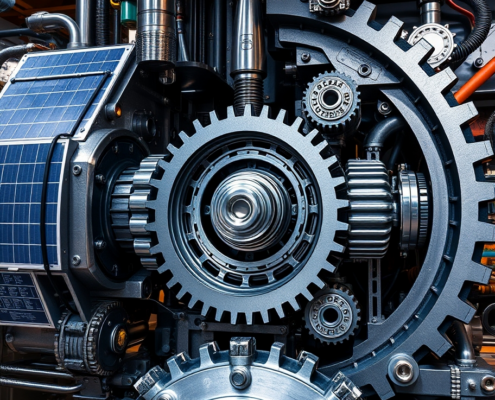2D Drawings – 3D Models – NIROXX Engineering Ltd.
The Importance of 2D Drawings: The Language of Engineers in Manufacturing and Production
In the world of engineering design and manufacturing, 2D drawings and 3D models remain indispensable. Despite advances in 3D modeling, 2D technical drawings continue to be the primary method for conveying precise technical information in manufacturing, production, and quality control. They serve as the essential language engineers use to ensure clarity and accuracy in fabrication. At NIROXX Engineering Ltd., we specialize in creating high-quality 2D drawings and precise 3D models for various engineering applications.
Why Are 2D Drawings Still Crucial in Engineering?
1. Precision & Clarity
- 2D CAD drawings provide a clear representation of dimensions, tolerances, and surface finishes, ensuring accurate communication between engineers and manufacturers.
- Complex 3D models may be visually informative, but detailed 2D drawings define exact specifications essential for production.
2. Industry Standards & Compliance
- 2D engineering drawings follow internationally recognized ISO, DIN, and ASME standards, ensuring consistent interpretation across industries.
- Standardized manufacturing drawings help avoid miscommunication, especially in global production networks.
3. Quality Control & Verification
- 2D manufacturing drawings simplify inspection, measurements, and quality assurance by providing a structured and easy-to-verify format.
- Engineers and production teams can quickly review drawings to detect potential errors before fabrication.
2D Drawings & 3D Models at NIROXX Engineering
At NIROXX Engineering Ltd., we specialize in creating high-quality 2D drawings and precise 3D models for various engineering applications. Our expertise ensures that manufacturers, fabricators, and construction teams receive accurate technical documentation tailored to their needs.
How We Integrate 2D Drawings with 3D Modeling
1. Efficient Communication & Documentation
- 3D CAD models provide detailed visual representations, while 2D drawings deliver standardized technical documentation for precise manufacturing.
- Combining both 2D and 3D engineering workflows minimizes misunderstandings and enhances project efficiency.
2. Flexibility & Adaptability
- 3D modeling allows for rapid prototyping and design iterations, while 2D technical drawings serve as legally binding documents for production, assembly, and regulatory approvals.
- Our hybrid approach ensures seamless transitions between concept, design, and manufacturing.
The Future of 2D Drawings & 3D Models in Engineering
As engineering technology evolves, digital advancements are shaping how designs, prototypes, and production blueprints are created and used.
Key Industry Trends:
1. Digital Twins & Virtual Reality (VR) for Engineering
- Digital twins—virtual replicas of physical objects—allow real-time monitoring and analysis of manufacturing processes.
- VR technology enhances 3D visualization and collaboration, making complex designs easier to interpret and refine.
2. Integration of 3D Data into 2D Drawings
- Future CAD software developments are enabling interactive 2D drawings with embedded 3D data, providing more dynamic technical documentation.
- This hybrid approach can streamline manufacturing workflows and reduce production errors.
3. AI & Automated Engineering Documentation
- Artificial Intelligence (AI) and automation are enhancing CAD software, enabling faster technical drawing creation with built-in error detection.
- AI-driven 3D-to-2D conversions optimize drawing accuracy, ensuring better efficiency in manufacturing planning.
Conclusion: Combining 2D Drawings & 3D Models for Engineering Success

Despite the rise of 3D modeling, 2D drawings remain an essent
ial tool for engineers, manufacturers, and fabricators. They provide clear, standardized, and precise information, ensuring smooth production processes and minimizing costly errors.
At NIROXX Engineering, we leverage both 2D drawings and 3D models to offer comprehensive engineering solutions tailored to modern industry demands. Whether you need technical documentation, CAD drafting, or full 3D design services, our expertise ensures high-quality results for your engineering projects.
Get in Touch with NIROXX Engineering Ltd.
Looking for expert 2D and 3D engineering services? Contact NIROXX Engineering Ltd. today to discuss your project needs. We provide custom CAD solutions, precise technical drawings, and expert support to ensure your manufacturing success.
📩 Email us now or visit our website to learn more!
